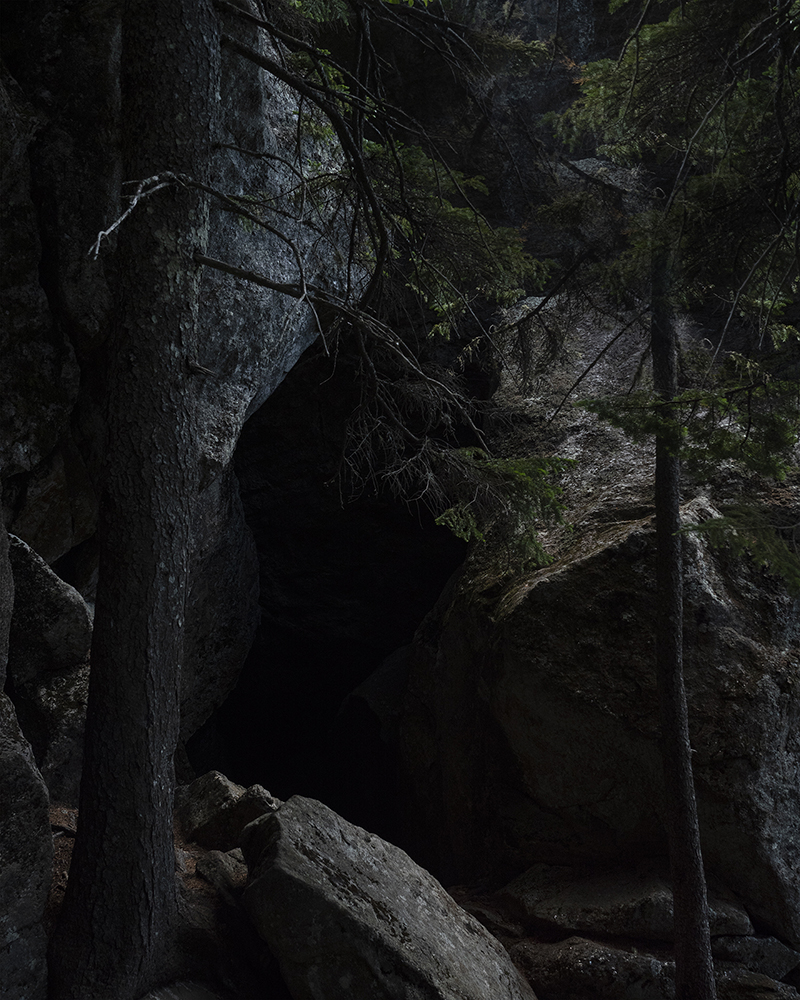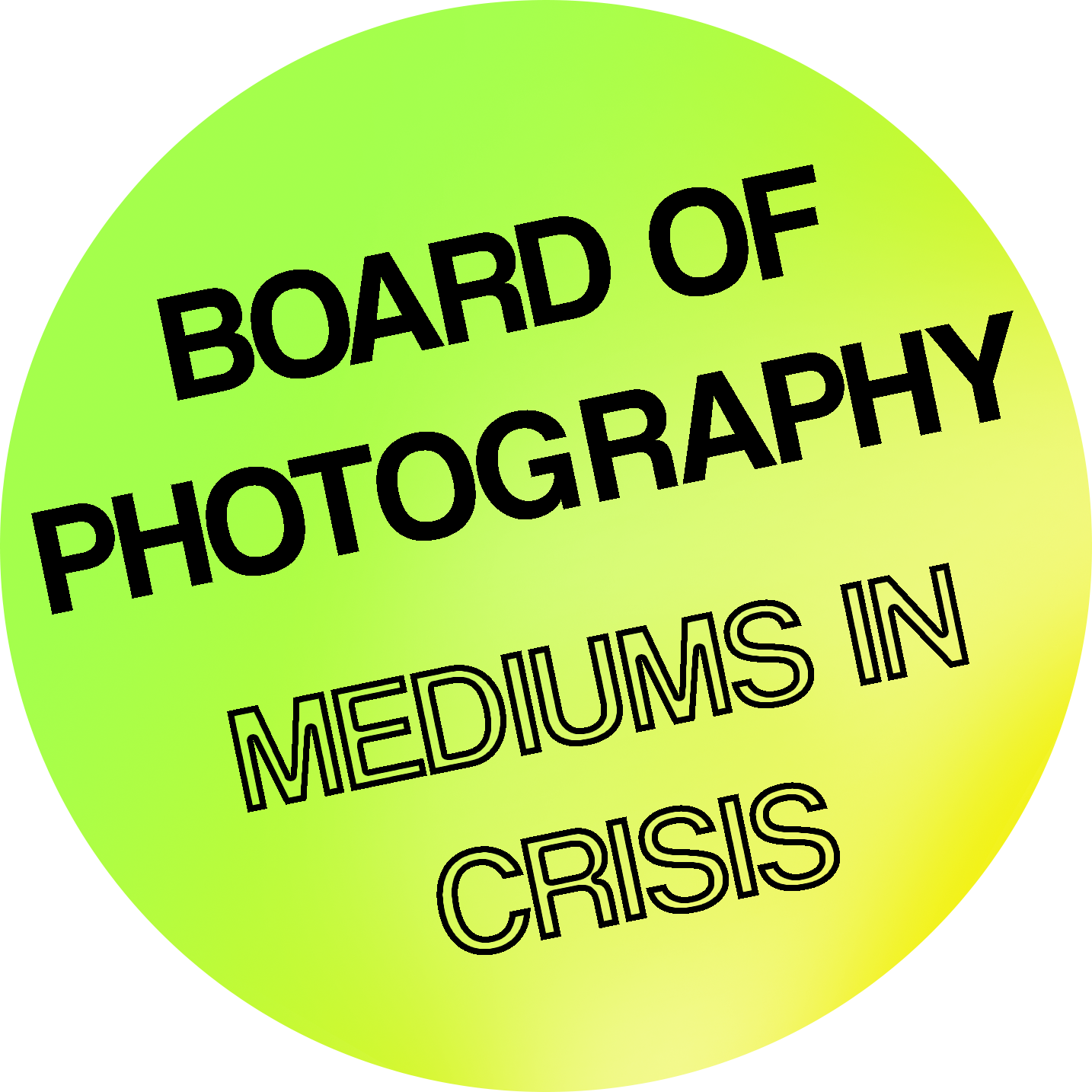Sean Lamoureux
Raise, Raze
16×20”, 2018
Photographs exist differently for each of us. Commonly, we ask them to: preserve memory, learn about the distant and unfamiliar, provide evidence, and inform. Each of these functions presumes that photographs communicate a measure of truth.
Realistically, they only depict a suspicion of truth.
The medium remains effective through its ability to confront a viewer with a reality that is ‘near enough.’ A photograph can reproduce every grain of sand, but not a complete interaction. Truth in photography has been questioned since day one, but the propensity for fabrication in digital space today makes photography’s relationship with truth immediately suspect.
The array of definitions for the word ‘render’ begins to conceptualize the rift between photography and truth. Meanings include: melt down, represent or depict artistically, cause to be, provide. Photography plays all of these roles at times: it crops and isolates, sums up, interprets, and establishes the presence of a subject. It creates dangerous opportunities for forced answers.
Photography’s ability to render is also its ability to generate conflict. Image(s) are never the full story and are rarely perceived in the same way. They are, however, a good start.

